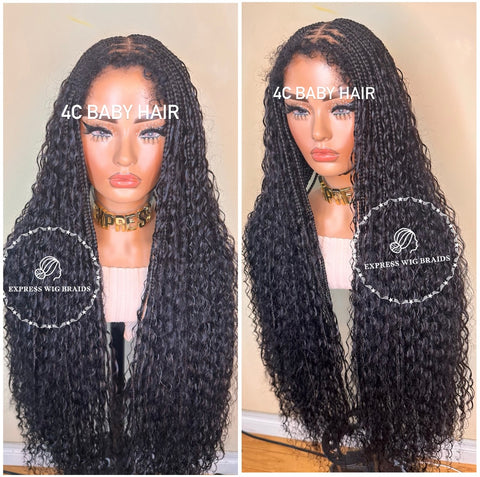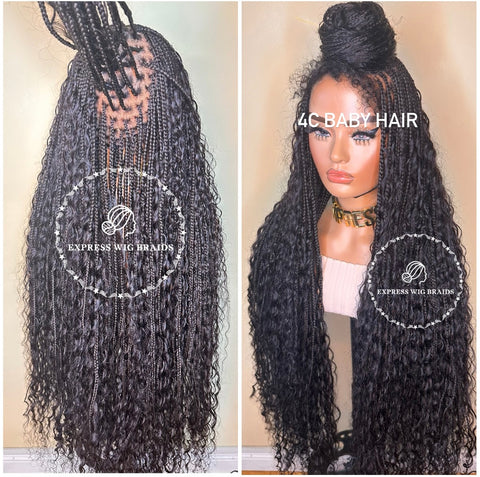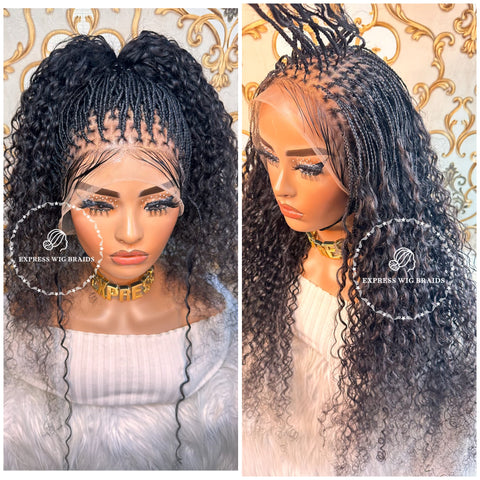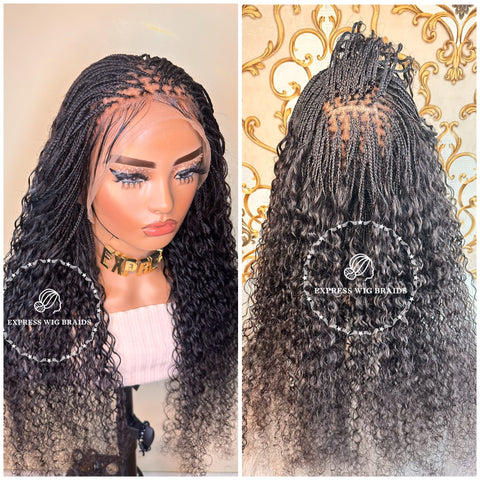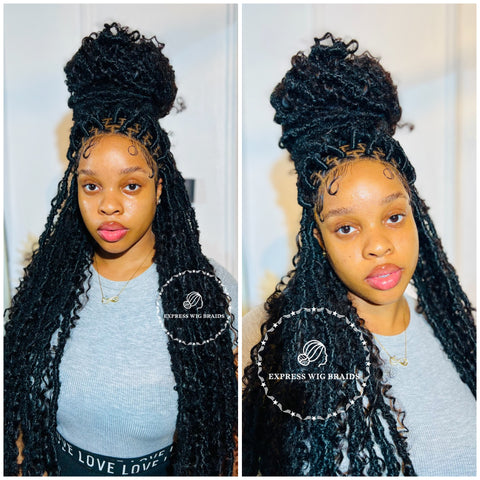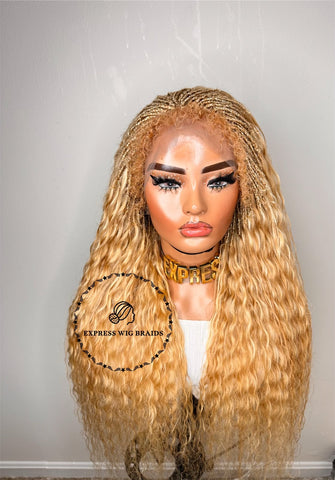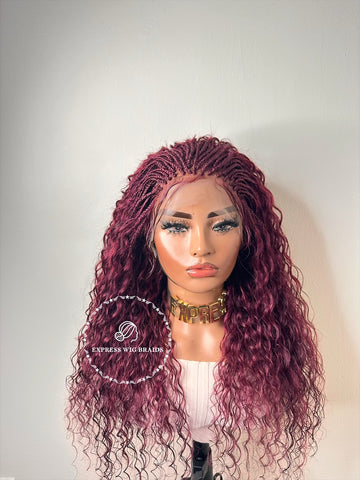Types Of Alopecia
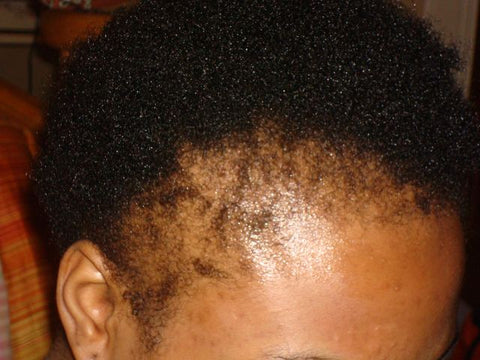
Are you suffering from hair loss? You are not alone. This is a condition known as Alopecia in which hair loss could occur anywhere on the body, though it typically affects the scalp and beard region. The degree of hair loss on the scalp and bald spots on other body parts can vary depending on the type of alopecia.
In this article, we'll look at the various types of alopecia, as well as the causes and answers to the most frequently asked questions about hair loss. Stay glued!
What are the Different Types of Alopecia?
Some types of alopecia are preventable, while some could strike at any age. Family history, gender, age, and race can all play a role in the likelihood of developing alopecia. Here are some of the different types of alopecia:
1. Alopecia Areata
This autoimmune condition causes mild to severe hair loss, which can appear suddenly or gradually in the affected areas. It usually occurs in the form of round or oval patches on the scalp or other hair-growing areas of the body like the lashes, eyebrows, and beard, where hair falls out.
2. Telogen Effluvium
More hair than usual enters the telogen (resting) phase and sheds during Telogen Effluvium, which may cause you to notice hair falling out more than normal. A physical or psychological trigger often causes this condition, resolving itself spontaneously.
3. Chemotherapy Induced Alopecia (CIA)
Anagen effluvium, another name for chemotherapy-induced alopecia, is the condition in which hair falls out after receiving chemotherapy. It is one of the side effects of commonly used chemotherapy medications.
4. Androgenetic Alopecia or Pattern Hair Loss
These are hair loss patterns associated with men and women. While women's hair typically thins throughout the head instead of retreating from the temples, men typically experience well-defined hair loss.
5. Postpartum Alopecia
The hair loss that happens after pregnancy's enhanced hair growth is known as postpartum alopecia. Regular hair growth usually returns after a few months. This condition may be brought on by the abrupt and substantial decrease in estrogen levels that occurs after childbirth.
6. Hair Pulling or Trichotillomania
This is a psychological condition in which you can’t stop pulling out hair, which leads to hair loss. The scalp, brows, and eyelashes are the most common places where people with this condition pull hair.
7. Central Centrifugal Cicatricial Alopecia
Primary scarring alopecias are a group of conditions that cause permanent hair loss by damaging the hair follicle and replacing it with scar tissue. They are also referred to as cicatricial alopecias or scarring hair loss. Hair loss in Central Centrifugal Centricial Alopecia begins in the middle of the scalp and gradually moves outward.
8. Lichen Planopilaris
This is a type of primary scarring alopecias, sometimes called scarring hair loss or cicatricial alopecias. It is a collection of disorders that lead to permanent hair loss by destroying the hair follicle and replacing it with scar tissue. Patches of the scalp typically develop on the sides, front, and lower back of the scalp in cases of Lichen Planopilaris.
9. Frontal Fibrosing Alopecia
A type of scarring alopecia known as frontal fibrosing alopecia (FFA) causes the hair follicle to be destroyed and replaced with scar tissue. The hair on the front of the scalp falls out when someone has frontal fibrosing alopecia. This condition can also impact the eyebrows.
10. Traction Alopecia
Traction Alopecia is the term used to describe hair loss caused by prolonged pulling in one direction. Tight hairstyles, relaxers, and extensions are common causes of this hair loss.
Wearing a wig can be a helpful way to prevent hair loss as a result of tight hairstyles and pulling of the hair. You can get your high-quality braided wig from Express Wig Braids to prevent damage to your hair from exposure to weather, regular handling, and styling.
What Are the Causes of Hair Loss?
There are different causes of hair loss. Some are inevitable but can be treated with medication, such as using organic hair care products or hair restoration techniques. The following are the most common causes of alopecia:
- Hormonal imbalance: Women are more likely to experience this, particularly if they have polycystic ovary syndrome.
- Stress: Both mental and physical stresses frequently result in hair loss. However, hair loss usually stops when the stress subsides.
- Scalp infection: Temporary hair loss and red, scaly skin patches can result from scalp inflammation.
- Thyroid disease: Hair loss and thinning hair are typical signs of thyroid disease, but this can be reversed with appropriate thyroid medication.
- Hereditary: This is referred to as androgenic alopecia. It indicates that you have inherited genes that lead to the shrinkage and eventual cessation of hair growth in your hair follicles.
- Age-related: As people age, their hair grows more slowly, and most of them experience hair loss. Hair follicles eventually stop producing hair, which results in thinning hair on the scalp. The color of hair also begins to fade.
- Cancer treatment: Hair loss can result from chemotherapy or radiation therapy, though it is frequently temporary.
- Hair care product: Certain products and hairstyles can harm hair follicles.
FAQs on Alopecia
How long does it take to recover from alopecia areata?
This differs. It could take about a year for hair to grow back naturally, and some people may never experience hair loss again. You could see some regrowth after six weeks of treatment. All the same, complete regrowth takes months.
Is hair loss contagious?
Hair loss cannot be spread from one person to another.
Does hair grow back after being lost?
Hair can indeed regrow. Some experience hair loss, grow it back, and never experience another episode.
Should I go for a synthetic or human hair wig?
Choosing between a human hair wig or a synthetic one depends on some factors and your preference. You can check out human hair wigs vs synthetic to decide what’s best for you.
How do I choose the best wig for hair loss?
In addition to feeling like a second scalp and not being heavy or hot, the hair should be easy to carry with the material to which it is attached. You can get a natural sparkle that fits perfectly on your head with our selection of virgin hair wigs.
Conclusion
Some types of hair loss are irreversible, but others can be reversed with early detection and treatment. Investing in a natural-looking wig, however, can help you regain your confidence and sense of style. It also acts as a comfortable yet fashionable solution to hair loss.


